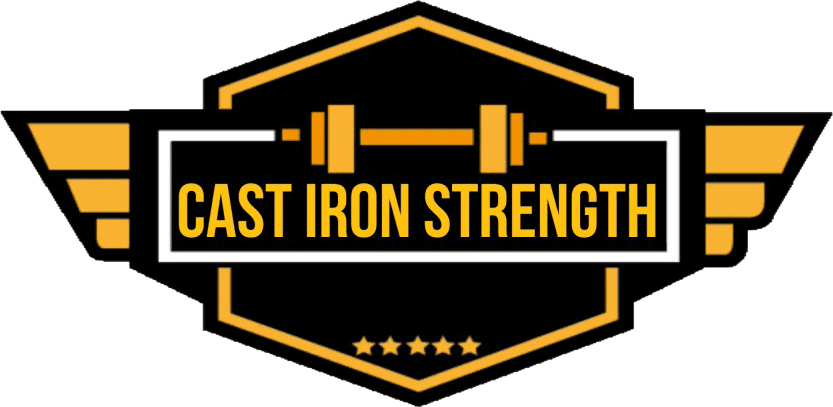 The above schematic is in microcosm what is wrong with strength and conditioning coaching when it comes to teaching lifting. Before we have even begun to teach the hard part of the clean (aka the whole life) we have 5 sentences on how to grasp the bar. This is not an efficient use of energy or communication if we have 15 minutes to get you to move the bar in a somewhat correct manner with some weight and competence, how you have your weight distributed might be superfluous to both your and my needs.
The above schematic is in microcosm what is wrong with strength and conditioning coaching when it comes to teaching lifting. Before we have even begun to teach the hard part of the clean (aka the whole life) we have 5 sentences on how to grasp the bar. This is not an efficient use of energy or communication if we have 15 minutes to get you to move the bar in a somewhat correct manner with some weight and competence, how you have your weight distributed might be superfluous to both your and my needs.
You can’t tell someone how to clean or snatch if it was that easy anyone could do it.
Snatching and clean and jerking are complex serial skills that require a lifter to perform a sequence of things in a precises timing under high velocity and force for it all to come together in one smooth precise execution. For this process to have any chance of happening a lot of time is going to have to be spent practicing the whole movement. Time spent talking to someone is time that could be spent making shapes with a bar bell.
I come across it all of the time in my own coaching a lot people find it very difficult to understand a discrete instruction that to me has a definite meaning but to the person has absolutely no meaning. Push your hips forward to me is a very definite instruction but to some lifters and athletes it is an arbitrary command that they don’t understand and can’t put into action.
The curse of knowledge is a cognitive bias according to which better-informed people find it extremely difficult to think about problems from the perspective of lesser-informed people. The effect was first described in print by the economists Colin Camerer, George Loewenstein and Martin Weber, though they give original credit for suggesting the term to Robin Hogarth.[1]
In one experiment, one group of subjects “tapped” a well-known song on a table while another listened and tried to identify the song. Some “tappers” described a rich sensory experience in their minds as they tapped out the melody. Tappers on average estimated that 50% of listeners would identify the specific tune; in reality only 2.5% of listeners could identify the song – Wikipedia, 2014
I think where we fall down a lot in our coach education is that we fill them with technical jargon and don’t instill in them two things that would make them much more effective in what they do.
- A genuine understanding of the tasks they are going to be coaching to others.
- The ability to communicate it to beginners in a efficient and understandable manner.
Through our current educational pathways students get caught far too much in what is your “technical model” of a lift thinking far too much about the intricacies of how the movement in put together. However how an instructor moves a 80kg bar in a squat demonstration isn’t the same way a 320kg squat bar is moved the process is not so clear cut or so easily or neatly put into a box.
That’s why to actually learn how to coach or perform the lifts correctly you need to want to develop a true understanding of how it works nuance and all.
Here are some bits and pieces I always find useful when trying to communicate technical aspects to others.
Things that can help in communicating these complex skills.
- Common positions every lifter in the world comes from the floor, has the bar at the knee and shin vertical, pulls from the hip with an upright torso, catches in the same position. Use these positions in your teaching with lifters make them vocal points.
- Practicing the movement from partial ranges (hang, blocks, etc) can make it easy to hone in on the important mechanics of the pull and receive.
- Clear, concise, consistent communication. FAST LOW CLOSE
- Visual feedback make use of lifter demonstration and video playback.
- Allow the lifter the opportunity to get it wrong, don’t feel the need to swarm in ASAP practice is a long process allow the lifter space to breath! If someone does something wrong for a few sessions and you provide the solution they will remember it because it makes it so much easier.
- To learn it the participant must actually understand what they are doing so encourage questions from both the lifter and the coach.
- Most importantly remain positive and problem solving.
If you approach it form a holistic standpoint with a want to actually understand how to constantly produce better performances from yourself and others you will have a much more fruitful experience.
Marc

